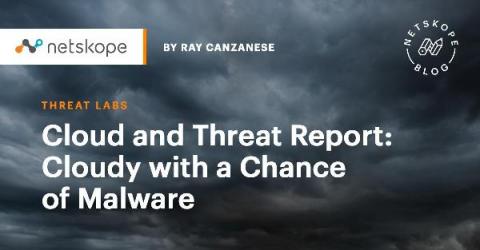EPHEMERAL LOCKPICKER: Malware Leveraged for Novel Intrusion Lifecycle and LuckyDay Ransomware Delivery
In 2021, Kroll investigators have had multiple opportunities to respond to a series of interconnected network intrusions, ransomware events and cyber incidents which, upon investigation and review, possessed overlapping tactics, techniques and procedures (TTPs) and similar indicators of compromise (IOC) among them. The incidents affected organizations of various sizes across diverse industry sectors through what Kroll’s investigations confirmed was a range of separate intrusion vectors.










